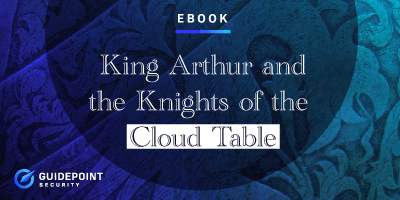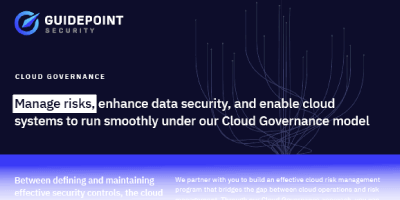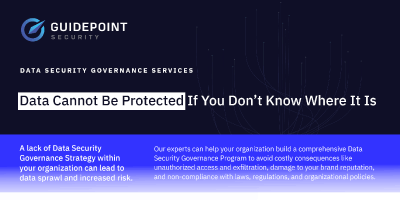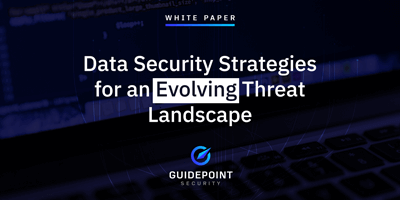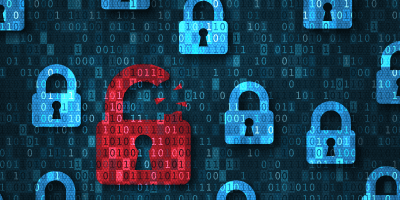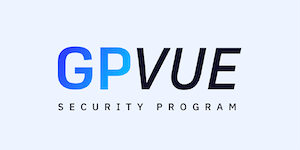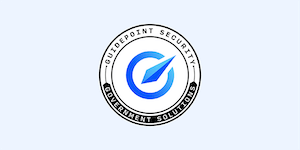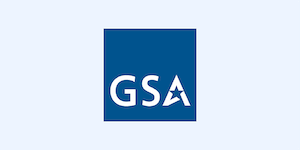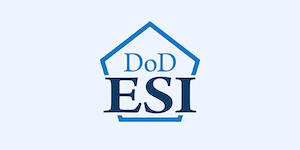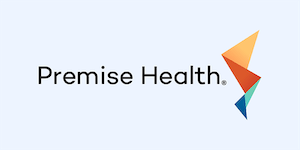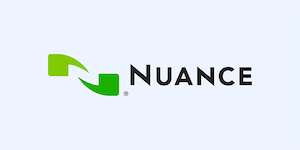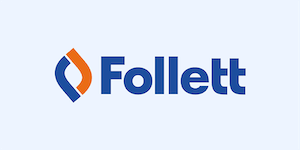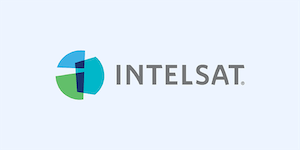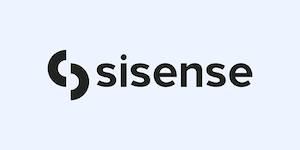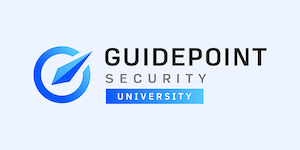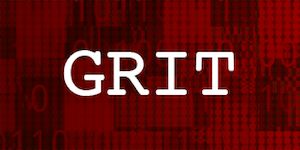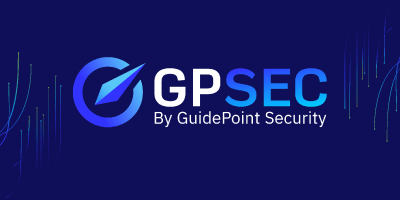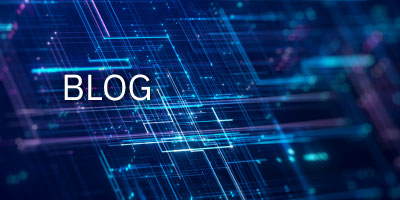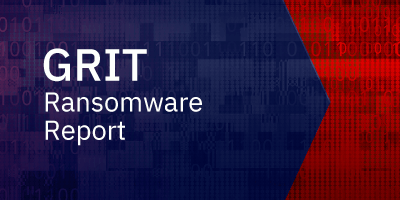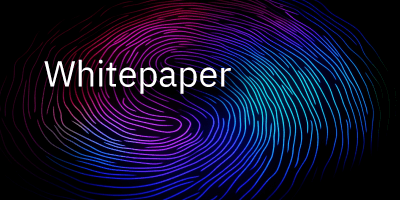The Purpose of Identity Access Management (IAM)
Identity and access management services and IAM technologies , along with other processes and technologies, are designed to secure enterprise assets (systems, data, devices, networks, and applications) and protect them from internal and external threats.
IAM solutions enable an enterprise to:
- Confirm a user’s identity
- Enforce role-based access
- Allow self-service for users
- Authenticate and authorize users
- Manage the circumstances of access
- Enforce corporate policies and government regulations
- Periodically certify user access
- Manage the user’s lifecycle
- Enforce access policies as per business requirements
- Enforce the appropriate level of access for users as designed
- Manage and monitor privileged user access
- Observe, track, and report on a user’s activities
IAM solutions and technologies apply to devices, as well as cloud-based and on-premise systems, networks, data, and applications.
Who are the ‘users’?
When it comes to identity and access management, ‘users’ can be anyone who has access or needs access to corporate devices, systems, data, networks, or software applications. This means the ‘user’ could be an internal employee, a contractor, member of the board of directors, a customer, or a vendor. Additionally, users may include bots that are used by various process automation software applications.
Why is IAM Important?
With cybercrime growing exponentially, security is only as good as your weakest link—and often that weakest link is associated with the individuals that have access to your network. Those individuals may be external threat actors intent on breaching your network and stealing mission-critical data. hey could be vendors that require access to help support one or more of your systems, or internal disgruntled employees who are intent on doing damage to your organization. They may simply be staff who have inappropriate access to systems they shouldn’t.
Identity governance and access management solutions are critical for three primary reasons: (1) They ensure your users have access to the right assets within the right context; (2) They secure and protect your enterprise assets—including on-premise or cloud-based systems, data, networks, and software applications—from both external and internal threats; and (3) They help ensure compliance with corporate policies and government regulations.
IAM Solutions, Tools, & Technologies
Solutions and Strategies
- Identity Access Governance & Administration:This process involves examining various IAM attributes, evaluating how those attributes can help support and secure enterprise operations, including compliance and architectures, and then developing a blueprint and roadmap that identifies gaps and prioritizes approaches in phases throughout the initiative.
- Access Management:This strategic IAM approach involves the development of a solution blueprint based on the enterprise’s current state and future goals. The process identifies gaps and then creates a roadmap with an approach (including tool recommendations). Access management implementation services support an enterprise’s efforts to plan, design, build, test, and rollout access management tools, technologies, and policies, including things like single sign-on and multi-factor authentication.
- Privileged Access Management (PAM): A PAM assessment and strategy examines the individuals, processes, and technologies components of an enterprise as it relates to managing privileged accounts. It can also help determine the maturity level of your current PAM approach. A PAM assessment and strategy often includes a blueprint and roadmap for technology and policy phase-in. Typically, a PAM implementation approach often includes support for setting up password vaults, integrating identity governance solutions for comprehensive lifecycle management on privileged accounts, and integrating PAM with key components of the infrastructure, such as active directory.
Tools and Features
- Single Sign-on (SSO): An authentication process that enables an individual user to log into different systems, networks, or applications using a single identifier (such as a username) and a password. Single sign-on usually only requires the user to log in once to access multiple systems and does not require the user to re-enter credentials.
- Multi-Factor Authentication (MFA): The process of multi-factor authentication protects against password compromise by requiring the user to log in to a system, device, network, or application with a combination of two or more different components, usually something the user knows (a username and password), something the user has (a security token), and something the user is (facial recognition, voice recognition, fingerprint).
- Privileged Access Management (PAM): Privileged access designates a user’s access level that is above and beyond the regular user. PAM solutions provide features such as password vaulting, privilege session monitoring, and recording.
- Password Management: A password management tool or policy can help establish and enforce password standards across devices, systems, and platforms. It can also facilitate password requirements, such as length and character type, as well as password encryption. Generally, password management is part of Identity Governance and Administration solutions.
- Role-based Access Control (RBAC): Role-based access control helps manage the user access component of IAM. With RBAC, users are assigned one or more roles, that are in turn designated with one or more privileges specific to the users. RBAC helps manage complexities associated with exclusive roles or role hierarchies. RBAC can enable administrators to limit user privileges and enforce ‘least-privilege’ approaches. Most modern IGA solutions support RBAC. These solutions also support role mining to take a bottom up approach to role design and management. Modern approaches include AI/machine learning for performing role analysis to proactively make role composition recommendations.
- Provisioning: Automated provisioning helps IT and security teams assign account privileges to new users and strip privileges away when a user’s role changes or the user is terminated (sometimes also referred to as the “joiner,” “leaver,” and “mover” user lifecycle.) Lifecycle processes are supported by IGA solutions.
- Application Programming Interface (API) Security: Today, it just isn’t people signing into systems or connecting to other devices, it is the devices themselves. Internet of Things (IoT) devices often connect to other devices to conduct operations or share data. Therefore, any device with API components requires identity and access management to help ensure security.
- Security Access Markup Language (SAML): SAML is an open standard for exchanging authentication and authorization data between an identity provider and a service provider. In IAM, SAML helps facilitate SSO, reduce password fatigue, and strengthen security protocols. With SAML, organizations can benefit from streamlined access control and swifter authentication and authorization.
- OpenID Connect (OIDC): Built on top of the OAuth 2.0 framework, OIDC is a protocol for user authentication and identity verification. OIDC directly verifies end-user identities based on the authentication performed by an authorization server. In IAM, OIDC also enables SSO experiences while allowing organizations to secure their applications and APIs and protect them from unauthorized access.
- System for Cross-domain Identity Management (SCIM): SCIM is a standard that simplifies user provisioning and application management. In the broader context of IAM, it's important to know about SCIM as it can automate the exchange of user identity information among cloud and on-premises applications and services. By facilitating real-time identity synchronization, SCIM reduces administrative overhead, enhances security, and ensures the right individuals have appropriate access to resources.
Monitoring, Auditing, and Reporting: IAM best practices as well as regulations often require that IAM staff observe, track, manage, and report on user activities. IAM monitoring, auditing, and reporting capabilities are components of many IAM solutions.
Benefits and Value of IAM
Identity and access management is a key component in the foundation of any cybersecurity program and there are many benefits and much value in establishing robust IAM technologies and solutions as part of a larger cybersecurity infrastructure. IAM solutions are available for on-premise, cloud, and hybrid environments, can support any device and platform, and can be adapted specifically to meet the needs of your organization in terms of scalability, updates, and cost-effective deployment. In addition, today’s IAM technologies and approaches can integrate well with other security systems, can support automation and communication between other IAM components, and can be adapted to support changing privacy regulations and customer data management policies and preferences.
The benefits of adopting IAM solutions are numerous and include:
- Improved user experience: Without IAM solutions, users would be required to manage dozens of accounts and logins for every corporate device, system, and application. Identity and access management solutions facilitate the user experience by streamlining login and access regardless of the type of device, on-premise or in the cloud, or the location of the user.
- Enterprise mobility: IAM solutions offer organizations an enhanced ability to manage a distributed workforce with distributed devices and applications. A comprehensive IAM solution can help IT administrators and security professionals more easily manage a distributed workforce, as well as any devices, applications, or systems users may be accessing from remote locations.
- Improved productivity: Identity and access management solutions typically include automated components that can facilitate productivity with IT and security admins through the provisioning and deprovisioning process, as well as other elements of enterprise asset management, such as monitoring and auditing. IAM solutions also help improve employee productivity by reducing the barriers associated with access to resources or working from a remote location.
- Reduced password issues: Weak passwords and poor password management are some of the most common reasons organizations are breached. Many IAM solutions offer password management features to enforce password standards.
- Improved Security: Identity and access management solutions help protect from both internal and external threats by enabling the IT and security team to enforce policies across all enterprise assets. The security features in IAM also help identify violations and revoke access when necessary. Automation, AI, and machine learning, which are included in many current IAM technologies, can analyze activity and block any behavior that appears anomalous.
- Stronger Compliance: Many IAM solutions are specifically designed to support unique compliance recommendations and requirements, such as HIPAA, SOC2, CIS v1.1, Sarbanes-Oxley, NIST guidelines, and payment card industry data security standards (PCI DSS). In particular, IAM systems offer monitoring and auditing components that can help automate and streamline regulatory compliance reporting.
- Reduced IT Costs: Identity and access management solutions can help reduce IT admin costs by automating many mundane tasks, such as password resets or report generation. In addition, the security elements of IAM can help prevent the excessive costs often associated with data breaches.
Faulty IAM Strategies and Data Breaches
A poorly implemented IAM strategy can have serious consequences; to better understand these consequences, it's important to first grasp the IAM's meaning: IAM is a framework that ensures the right people have the right access to the right technology resources. Essentially, IAM is about managing who can access what within an organization.
A poorly managed IAM strategy can lead to users having the wrong access privileges, potentially leading to data breaches. Users with excessive levels of access can contribute to the risk of data breaches occurring – this is made worse by the fact that nearly half of organizations have users with more access privileges than necessary.
An employee, for example, may have access to confidential financial records or personal customer information that is not relevant to their role, creating opportunities for internal fraud or data theft. Outdated IAM strategies also don't require that access privileges be revoked when a user changes roles within the organization or leaves it, potentially leading to unauthorized access to sensitive information and systems.
IAM Threats and Challenges
The threats associated with user stolen or misused identities and system, data, and application access are numerous and growing daily. Robust identity and access management solutions can help secure enterprise assets and mitigate some of the risks associated with these common threats and challenges:
- Brute-force attacks: Increasingly cybercriminals are turning to automation to facilitate traditionally time-consuming and difficult brute-force attacks. In this type of attack, the threat actor attempts to gain access to systems by using stolen credentials or attempting to guess usernames and passwords. IAM solutions can help enforce password standards across various applications when creating user accounts.
- Bring your own device (BYOD) challenges: As mobile device use became ubiquitous with business operations, more and more users began to log into corporate systems (both on-premise and cloud) with their own laptops, smartphones, and tablets. IAM solutions play a key role in validating the security levels of devices before allowing access to Corporate resources.
- Third-party vendor access: Studies suggest that as many as 50% of corporate breaches may originate with a third-party entity, such as a vendor or supplier. IAM policies include components that control and regulate the networks and data to which a vendor has access.
- Insider abuses and threats: Insider threats are defined as anyone who has been given authorized access to an enterprise asset and then either maliciously or unintentionally uses that asset inappropriately or to cause harm. IAM plays a key role in ensuring appropriate access and monitoring user activity, especially for users with privileged access.
IAM Best Practices
Like all things associated with cybersecurity, identity and access management is an ever-evolving area, with new IAM technologies becoming available as cyber threats change and grow. Therefore, it is critical to evaluate your IAM solutions regularly and follow industry best practices:
- View ‘identity’ as a primary perimeter: As companies shift from on-premise to cloud-based activities and remote work locations, the number of ‘access’ or ‘entry’ points to your systems grows. This means that identity verification and access authorization are critical.
- Apply ‘least privilege’ principles: Your system, network, and application policies should always reflect a ‘least privilege’ approach—that is, users only have privileges to perform functions or access systems that are deemed absolutely necessary to their role.
- Apply ‘zero trust’ principles: The concept of zero trust is a departure from the traditional ‘trust but verify’ model in that it assumes all system traffic, including traffic already operating inside the perimeter, is hostile. This means that all traffic must be authenticated, authorized, and continuously validated at all times. Zero trust applies the principle of ‘least privilege’ and leverages multifactor authentication solutions among other cybersecurity technologies to authenticate a user’s identity.
- Enforce a strong password policy: As simple as it sounds, password policies with defined character type and length, expiration dates, and restrictions on the reuse of passwords or the use of common words associated with passwords can go to great lengths in protecting assets. Today, many IAM solutions offer password management as a component of the overall product.
- Conduct regular identity, access, resource, and policy audits: Organizations need to review who has access to devices, systems, networks, and applications regularly—and this includes all logs and users, such as contractors, vendors, and employees. In addition, an enterprise should audit its identity and access management policyregularly and make changes when necessary. It is critical to also perform regular access reviews to make sure users have the appropriate access required to perform their job duties.
- Institute multi-factor authentication (MFA): MFA is a key component of user authentication, especially in the zero trust approach to security. MFA is delivered in multiple ways including push notifications, SMS, email, hardware tokens, and biometrics where applicable.
- Focus on user lifecycle management with automation: It is critical to streamline and automate user lifecycle processes - joiner, mover, and leaver. Automating these processes reduces operational cost and risk while improving user experience, productivity, and operational efficiency.
What does a solid Identity and Access Management framework look like?
An effective and robust IAM framework is like a castle. Imagine robust walls, sentinels on the lookout, and specific entry protocols. That’s a strong IAM system that ensures each access and attempt to gain entry is monitored, authenticated, and authorized.
Just as every visitor to a castle has a specific purpose and duration of stay, every user in an organization has a lifecycle. From the moment someone is onboarded, their access privileges are defined. They are given keys to specific doors that are necessary for their role, and an effective IAM framework ensures that they only have access to the specific data and systems they need to perform their jobs.
To have a truly robust IAM, integration with other security solutions is essential. By integrating IAM with other security technologies, organizations can enhance their overall security posture and ensure that they are prepared to face any threat.
Implementing IAM
Organizations that decide to implement or enhance their identity and access management solutions should follow a few key best practices to ensure an effective and streamlined IAM implementation process.
- Understand your current and future IAM needs: Take some time to explore your overall business structure, business strategy, and business growth, both currently and in the short and long term to ensure you’re building an IAM solution that you’ll be able to maintain and scale.
- Understand current systems, infrastructure, and regulatory issues: IAM solutions need to be compatible and integrate easily into current systems and infrastructure, including legacy systems and applications. It also needs to meet any regulatory requirements applicable to your company or industry.
- Include devices and endpoints: People aren’t the only ones that need to be identified and authenticated when connected to systems, devices do as well. Networks today often include IoT devices and operational technologies that connect with other systems, engage in operations, and share data.
- Capture IAM Analytics: Establish benchmarks for IAM and be sure to capture IAM metrics, since these can help you enhance and improve your overall IAM posture. Most IAM solutions include automated components to help with monitoring, auditing, and reporting.
- Engage an IAM professional: If you don’t currently have IAM expertise on your IT or security team, or you have staff with expertise, but that staff doesn’t have the bandwidth to take on initiating or expanding your IAM strategy and solutions, consider bringing an IAM consultant on board to help with the analysis, planning, designing, and implementation components. IAM professionals can also help bring your staff up to speed on the latest technologies, strategies, and architectures.
